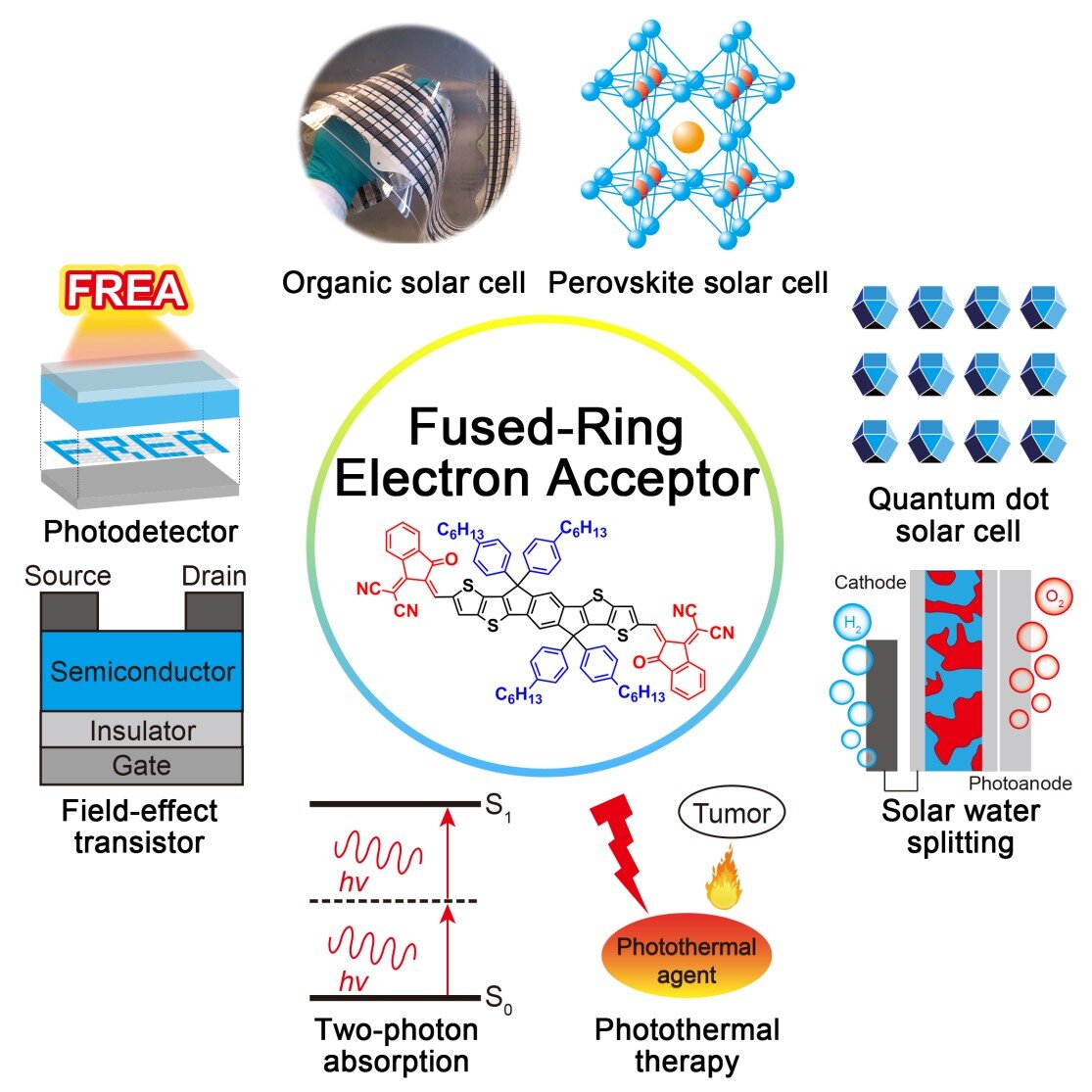#Tactically Responsive Launch-2 payload launched into orbit after being built in record time

“#Tactically Responsive Launch-2 payload launched into orbit after being built in record time”

When the U.S. Space Force’s Tactically Responsive Launch-2 (TacRL-2) mission launched from Vandenberg Space Force Base on June 13, it carried a payload designed and built in record time by Lawrence Livermore National Laboratory (LLNL).
LLNL provided a three-mirror reflective telescope and sensor for the payload, which they designed, integrated, tested and delivered within four months of the word “go.” The Lab delivered the payload to its partners at Space Dynamics Laboratory (SDL) and the Air Force Research Laboratory (AFRL).
“We needed a novel design in order to meet the program objectives,” said LLNL project leader John Ganino. “The payload system required a set of three LLNL monolith optics, auto-focus capability and an electronic control module to interface with the spacecraft bus.”
TacRL-2 was the first mission led by U.S. Space Force’s Space and Missile System Center’s (SMC) new Space Safari Program Office. Space Safari rapidly integrates mature technology and systems to quickly respond to specialized space needs.
LLNL delivered the payload to SDL for integration 100 days after the SMC Space Safari Program Office initiated the project. Together, the team delivered a complete technology demonstration satellite for launch in 11 months, significantly faster than the two to five years historically required.
Tactically responsive launch, as a concept, seeks to introduce speed, agility and flexibility into the space enterprise in order to respond to dynamic changes in the space domain or an operational theater and insert or replace assets on orbit much faster than standard timelines to meet emerging combatant command requirements.
For TacRL-2, the Space Safari office successfully demonstrated their end-to-end approach to tactically responsive missions by acquiring and integrating the space vehicle, launch vehicle, payloads and ground elements in record time, as well as conducting on-orbit planning and operator training.
“The Tac-RL-2 project was a huge success for LLNL and our partners at SDL, AFRL, and SMC,” said Ben Bahney, the Lab’s Space Program leader. “We proved that a motivated and agile interdisciplinary team can design, build and launch spacecraft on tactically responsive timelines to support the warfighter’s need for new mission capabilities.”
The June 13 Tac-RL-2 launch represents the second payload designed and built by LLNL scientists to go into space within the past 45 days. Two space telescopes, known as GEOStare2, were integrated into a Tyvak nanosatellite that flew into orbit on May 15 aboard a SpaceX Falcon 9 rocket launched from NASA’s Kennedy Space Center.
LLNL/Tyvak space telescope goes into orbit
Citation:
Tactically Responsive Launch-2 payload launched into orbit after being built in record time (2021, July 2)
retrieved 2 July 2021
from https://phys.org/news/2021-07-tactically-responsive-launch-payload-orbit.html
This document is subject to copyright. Apart from any fair dealing for the purpose of private study or research, no
part may be reproduced without the written permission. The content is provided for information purposes only.
If you liked the article, do not forget to share it with your friends. Follow us on Google News too, click on the star and choose us from your favorites.
For forums sites go to Forum.BuradaBiliyorum.Com
If you want to read more Like this articles, you can visit our Science category.


